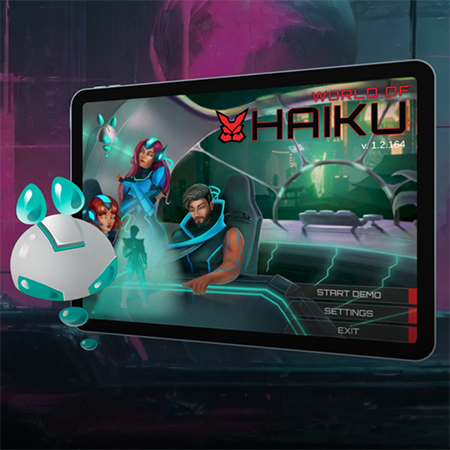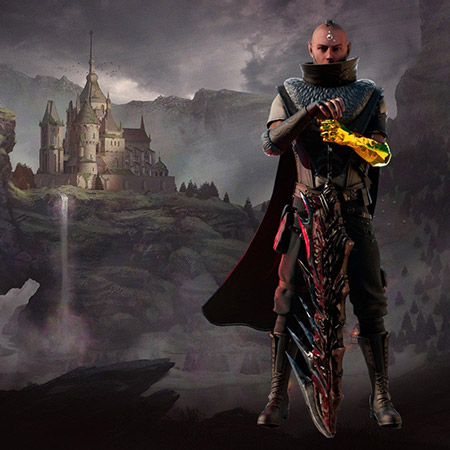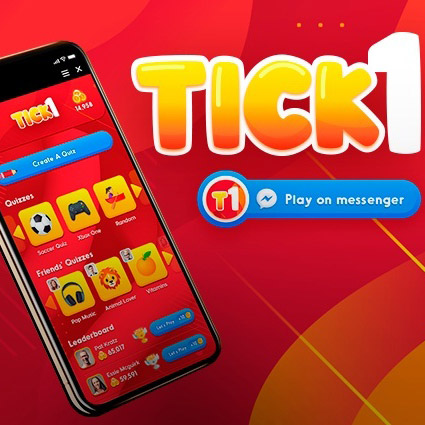It takes careful planning and diligent execution to create a compelling story in video game creation. To make these storylines a reality, partnering with a custom game development company may prove helpful, as it will make sure that everything fits in with the game's mechanics and what players anticipate. The storyline isn't the only thing that makes a story interesting; crafting appealing characters, creating immersive worlds, and skillfully incorporating story aspects into gameplay are all essential.
Immersion and emotional connection are enhanced by effective story design, resulting in remarkable gaming experiences. Adapting the story to different genres and player types is crucial and calls for imagination and skill. If you choose a bespoke game studio, they will tailor the story to your project's specific requirements, making sure that gamers will connect with the tale on a deep emotional level and be hooked from beginning to end. The game's remarkable quality is due in large part to the teamwork that went into creating it.
Defining Narrative Design in Games
Narrative design in games focuses on creating a structured story that enhances the player's experience. It involves crafting the plot, developing characters, and integrating dialogue seamlessly into gameplay. Effective narrative design ensures the story aligns with game mechanics and player actions, fostering a cohesive and immersive experience.
Such an approach not only captivates players but also drives emotional engagement, making the game more memorable. A successful narrative design requires collaboration between writers, designers, and developers to ensure every story element supports and enriches the overall game experience.
The Role of Narrative Design
Narrative design shapes the player's journey through the game, guiding their emotions and decisions. It defines the context and meaning behind gameplay mechanics, making each action meaningful. A well-crafted narrative helps in establishing the game's tone, setting, and atmosphere, providing a deeper connection to the game world.
Additionally, narrative design contributes to character development, allowing players to form bonds with in-game characters and invest emotionally in their stories. Collaborating with a custom game development company ensures the narrative is tailored to the game's specific needs, enhancing player engagement and satisfaction. By integrating story elements thoughtfully, narrative design elevates the gaming experience, making it more immersive and impactful.
How Narrative Design Influences Gameplay
Narrative design directly impacts gameplay by providing context and motivation for player actions. A well-designed narrative guides players through the game, offering clear objectives and reasons for their in-game choices. This connection between story and gameplay enhances immersion, making players feel more invested in the game. Narrative design also affects game pacing, balancing action sequences with story-driven moments to maintain player interest. It helps in creating memorable experiences by introducing plot twists, character arcs, and emotional moments that resonate with players.
Comparing Narrative Game Design to Other Design Approaches
Narrative game design differs from other design approaches by focusing on story integration within gameplay. Unlike mechanics-first design, which prioritizes gameplay systems, narrative design centers on creating a compelling story that drives player engagement. This approach ensures the narrative is not an afterthought but a core element of the game. In contrast to visual design, which emphasizes aesthetics, narrative design prioritizes character development, plot structure, and emotional impact. By focusing on storytelling, narrative design creates a more immersive and emotionally resonant experience, distinguishing it from other design methodologies.
Key Components of Engaging Video Game Narratives
Engaging video game narratives relies on several key components. Characters and their development form the heart of the story, driving player investment. World-building and setting provide the backdrop that makes the narrative believable and immersive. Plot structure and story arcs create a framework for the unfolding events, maintaining player interest. Effective dialogue and scriptwriting bring the story to life, ensuring characters and their interactions feel authentic.
Characters and Their Development
Characters are central to any engaging video game narrative. Their development involves creating detailed backstories, motivations, and personalities that resonate with players. Strong character arcs ensure growth and change throughout the game, keeping players invested in their journeys. Effective character design also includes visual elements that match their personalities and roles within the story. A well-developed cast enhances the narrative, providing players with relatable and memorable figures to connect with. In the process of creating your game, understanding how to make a game demo with these characters can showcase their potential and attract player interest.
World-Building and Setting
World-building and setting are crucial for creating an immersive video game narrative. A well-crafted world provides context and enhances the story's believability. This involves designing environments, cultures, and histories that support the narrative. Detailed settings allow players to explore and engage with the game world more deeply, making their experiences richer. A robust setting grounds the narrative and offers players a sense of place and adventure. Understanding why your single-player game needs a backend can further support world-building by enabling dynamic content updates and player interactions, keeping the game world alive and evolving.
Plot Structure and Story Arcs
Plot structure and story arcs form the narrative's backbone, guiding players through the game's events. A well-designed plot ensures a balanced pace, with moments of tension and relief to maintain player interest. Story arcs, including primary and subplots, provide depth and complexity, enriching the overall experience. Each arc should have clear beginnings, developments, and resolutions to satisfy player expectations. Strong plot structure and engaging story arcs make the narrative more compelling, encouraging players to progress through the game and uncover its mysteries. Knowing how to make a game demo with these elements can effectively showcase the game's potential to players and stakeholders.
Dialogue and Scriptwriting
Dialogue and scriptwriting breathe life into the game's narrative, making characters and their interactions feel genuine. Well-written dialogue reflects character personalities and advances the plot, ensuring conversations are meaningful and engaging. Effective scriptwriting also involves pacing, ensuring dialogue flows naturally within the game's context. Good dialogue helps players connect with the characters, deepening their emotional investment in the story. Additionally, scriptwriting should consider the player's choices and actions, making interactions dynamic and responsive. This approach enriches the narrative and improves player engagement, making the game more memorable.
How to Boost Video Game Narrative Design
Enhancing video game narrative design involves:
- integrating story elements deeply into gameplay;
- using visual storytelling techniques;
- incorporating player choices with meaningful consequences.
Combining linear and non-linear storytelling methods ensures a dynamic and engaging narrative experience. Procedural generation in games can add variability and depth to the story.
Integrating Story with Gameplay Mechanics
Integrating the story with gameplay mechanics ensures a cohesive and immersive experience. Each game action should have a narrative purpose, making the player's journey meaningful. Mechanics that reflect the story's themes and character motivations create a seamless blend of gameplay and narrative. For example, a stealth game should incorporate mechanics that align with the protagonist's need for secrecy and evasion.
Ensuring that every game mechanic has a narrative justification keeps players engaged and invested in the story, making their actions feel significant and impactful. Expert collaboration can help design mechanics that support and enhance the narrative. This integration also allows for adaptive storytelling, where player actions directly influence the narrative progression, adding layers of depth and replayability. By embedding story elements into gameplay mechanics, developers can create a more immersive and engaging experience that feels natural and compelling to players.
Using Visual Storytelling
Visual storytelling enhances narrative design by using imagery to convey story elements without relying solely on text. Environmental design, character expressions, and visual cues can tell a story as effectively as dialogue. For example, a decaying building can suggest a fallen civilization, while character animations can reveal emotions and relationships. Carefully crafted visual elements ensure visual storytelling aligns with the narrative and enhances the player's experience.
By focusing on these visual aspects, developers can create immersive worlds that communicate the story intuitively, making the game more engaging and memorable. Visual storytelling also includes using color, lighting, and composition to evoke emotions and highlight important narrative elements. Thoughtfully designed visuals can guide players' attention and enhance their understanding of the story, creating a richer and more immersive gaming experience. Effective visual storytelling ensures that every game frame contributes to the narrative, making the story more impactful and memorable.
Player Choice and Consequence
Player choice and consequence are vital for engaging narrative design. Allowing players to make decisions that affect the story's outcome increases immersion and investment. Choices should be meaningful, with clear consequences that impact the game's world and characters. For instance, saving one character over another can alter the narrative and player relationships. Expert design ensures that player choices lead to varied narrative paths, providing a unique experience for each playthrough.
Meaningful choices and consequences make the story more personal and engaging, encouraging players to explore different paths and outcomes. This approach enhances replayability and gives players a sense of agency and control over the story. By designing branching narratives with significant consequences, developers can create a dynamic and responsive story that adapts to player actions, making each playthrough unique and engaging. Player choice becomes a powerful storytelling tool, allowing players to shape their own narratives and experience the game in deeply personal ways.
Balancing Linear and Non-Linear Storytelling
Balancing linear and non-linear storytelling provides a structured yet flexible narrative experience. Linear storytelling guides players through a predetermined path, ensuring a cohesive plot. Non-linear storytelling allows players to explore different narrative branches, offering freedom and replayability. Combining both approaches can create a balanced experience where players feel guided but also have the freedom to make impactful choices. Careful narrative design caters to diverse player preferences, crafting a balanced narrative structure.
Linear elements provide clear direction and pacing, while non-linear aspects offer exploration and discovery. By seamlessly integrating both styles, developers can create a structured and flexible narrative, allowing players to experience a well-crafted story while feeling free to make their own choices. This balance ensures that players are always engaged, whether following the main plot or exploring side stories and optional content, leading to a richer and more fulfilling gaming experience.
Core Principles of Effective Narrative Game Design
Effective narrative game design focuses on creating engaging stories that resonate with players. Fundamental principles include player-centric storytelling, consistency and coherence, emotional engagement, and cultural sensitivity. By prioritizing these elements, designers can craft immersive and memorable gaming experiences that keep players invested and emotionally connected throughout their journey.
Player-Centric Storytelling
Player-centric storytelling places the player at the heart of the narrative, making their choices and actions central to the story. This approach ensures players feel their decisions matter, increasing their emotional investment and engagement. Real-world examples include games like The Witcher 3, where player choices significantly impact the story's outcome. Key strategies for player-centric storytelling include:
- Meaningful choices. Provide decisions that have clear and impactful consequences.
- Dynamic narratives. Allow the story to evolve based on player actions.
- Relatable characters. Develop characters that players can connect with and care about.
- Personalized experiences. Tailor the narrative to reflect the player's journey and choices.
By focusing on these strategies, game designers can create a narrative that feels unique to each player, enhancing the overall gaming experience.
Consistency and Coherence
Consistency and coherence are essential for maintaining a believable and engaging game narrative. A coherent story ensures that all plot elements align logically and seamlessly. For instance, in Red Dead Redemption 2, the storyline is tightly woven, with each mission and character interaction contributing to the overarching narrative. The practices for achieving consistency and coherence include:
- Detailed world-building. Create a well-defined setting with consistent rules and lore.
- Character consistency. Ensure characters act in ways that align with their established personalities and motivations.
- Logical plot progression. Develop a storyline where events flow naturally and make sense within the game world.
- Regular reviews. Continuously review and refine the narrative to maintain coherence.
Adhering to these practices helps create a cohesive and immersive narrative that keeps players engaged throughout the game.
Emotional Engagement and Impact
Emotional engagement is crucial for creating a memorable game narrative. Games that evoke strong emotions can leave a lasting impact on players. Titles like The Last of Us are praised for their emotional storytelling, deep character development, and powerful plot moments. Strategies for enhancing emotional engagement comprise:
- Relatable characters. Develop characters with complex emotions and relatable struggles.
- Impactful moments. Create key plot points that evoke strong emotional responses.
- Authentic dialogue. Write dialogue that feels genuine and adds depth to the characters.
- Player involvement. Involve players in emotionally charged decisions and events.
By focusing on emotional engagement, game designers can create stories that resonate deeply with players, making the gaming experience more impactful and memorable.
Cultural Sensitivity and Inclusivity
Cultural sensitivity and inclusivity are vital for modern game narratives. Creating stories that respect and represent diverse cultures and perspectives enhances the game's appeal and fosters a more inclusive gaming community. Examples like Assassin's Creed: Origins showcase thoughtful representations of historical and cultural settings. Key principles for cultural sensitivity and inclusivity include:
- Research and authenticity. Conduct thorough research to represent different cultures and histories accurately.
- Diverse characters. Include characters from various backgrounds and ensure they are portrayed respectfully.
- Inclusive storylines. Develop narratives that reflect a wide range of experiences and perspectives.
- Community feedback. Engage with diverse communities to gather feedback and improve representation.
By prioritizing cultural sensitivity and inclusivity, game designers can create narratives that are engaging, respectful, and representative of our diverse world.
Let us build a compelling narrative design for your game!
What Makes a Video Game Narrative Design Exceptional?
Exceptional video game narrative design seamlessly integrates story with gameplay, caters to diverse player motivations, and creates immersive, engaging storyline arcs. Learning from industry best practices further refines the narrative, ensuring a memorable gaming experience. The best narrative designs also consider player agency, allowing players to influence the story through their choices. Moreover, attention to detail in world-building and character development ensures the game world feels alive and dynamic. By focusing on these elements, developers can craft narratives that resonate deeply with players, making the game experience unforgettable.
Aligning Story with Gameplay
Aligning the story with gameplay is essential for a cohesive experience. Each gameplay element should serve the narrative, enhancing player immersion. For example, in Bioshock, the story is tightly woven into the game's mechanics, making exploration and combat feel meaningful. To achieve this:
- Integrate story-driven objectives. Ensure missions and tasks advance the narrative.
- Reflect character development. Design mechanics that mirror the protagonist's growth.
- Use environment storytelling. Embed narrative clues in the game world.
Additionally, the balance between storytelling and gameplay mechanics is crucial. Too much emphasis on one can disrupt the player's experience. Consistent feedback loops, where the gameplay informs the story and vice versa, create a symbiotic relationship that keeps players engaged. By aligning the story with gameplay, designers create a more engaging, unified experience that feels natural and compelling.
Catering to Diverse Player Motivations
Catering to diverse player motivations ensures broad appeal and deeper engagement. Different players seek varied experiences, from exploration to challenge. In Skyrim, for example, the game offers multiple paths to satisfy different player types. To address diverse motivations:
- Provide multiple playstyles. Offer combat, stealth, and diplomacy options.
- Include optional content. Add side quests and exploration areas.
- Balance challenge and accessibility. Ensure the game is enjoyable for both casual and hardcore players.
Understanding player psychology is key. Some players thrive on narrative depth, while others seek mastery of game mechanics. Offering rich lore for explorers, complex puzzles for thinkers, and intense battles for warriors can create a well-rounded experience. By catering to these varied motivations, a game can engage a wider audience and enhance replayability, making each player's journey unique and fulfilling.
Creating Immersive Storyline Arcs
Creating immersive storyline arcs involves crafting plots that captivate players from start to finish. Games like Mass Effect excel at this by offering branching narratives and character-driven stories. The strategies encompass:
- Develop compelling characters. Ensure characters have depth and evolve.
- Introduce meaningful conflicts. Present challenges that test characters and advance the plot.
- Use player choices. Allow decisions to shape the narrative outcome.
In addition, pacing is critical. A well-paced story arc keeps players engaged, with peaks of excitement and valleys for reflection and character development. Subplots and side missions can enrich the main story, offering players a break from the central narrative while contributing to character and world-building. Immersive storyline arcs keep players invested, encouraging them to see how their actions influence the story and fostering a deeper connection to the game.
Learning from Industry Best Practices
Learning from industry best practices helps refine narrative design. Analyzing successful games offers valuable insights into effective storytelling techniques. For instance, studying The Witcher 3 can reveal how to create rich, immersive worlds. To learn from the best:
- Study top-rated games. Analyze narrative structure and character development.
- Attend industry events. Participate in conferences and workshops.
- Engage with the community. Seek feedback from players and peers.
Additionally, collaborating with experienced narrative designers can provide new perspectives and techniques. Keeping up with industry trends ensures that narratives remain fresh and relevant. Emulating successful games' strengths while avoiding pitfalls can lead to innovation and improvement. By adopting best practices and continuously seeking new knowledge, designers can enhance their narrative skills, creating engaging and compelling games that resonate with players worldwide.
Notable Examples of Narrative Design in Video Games
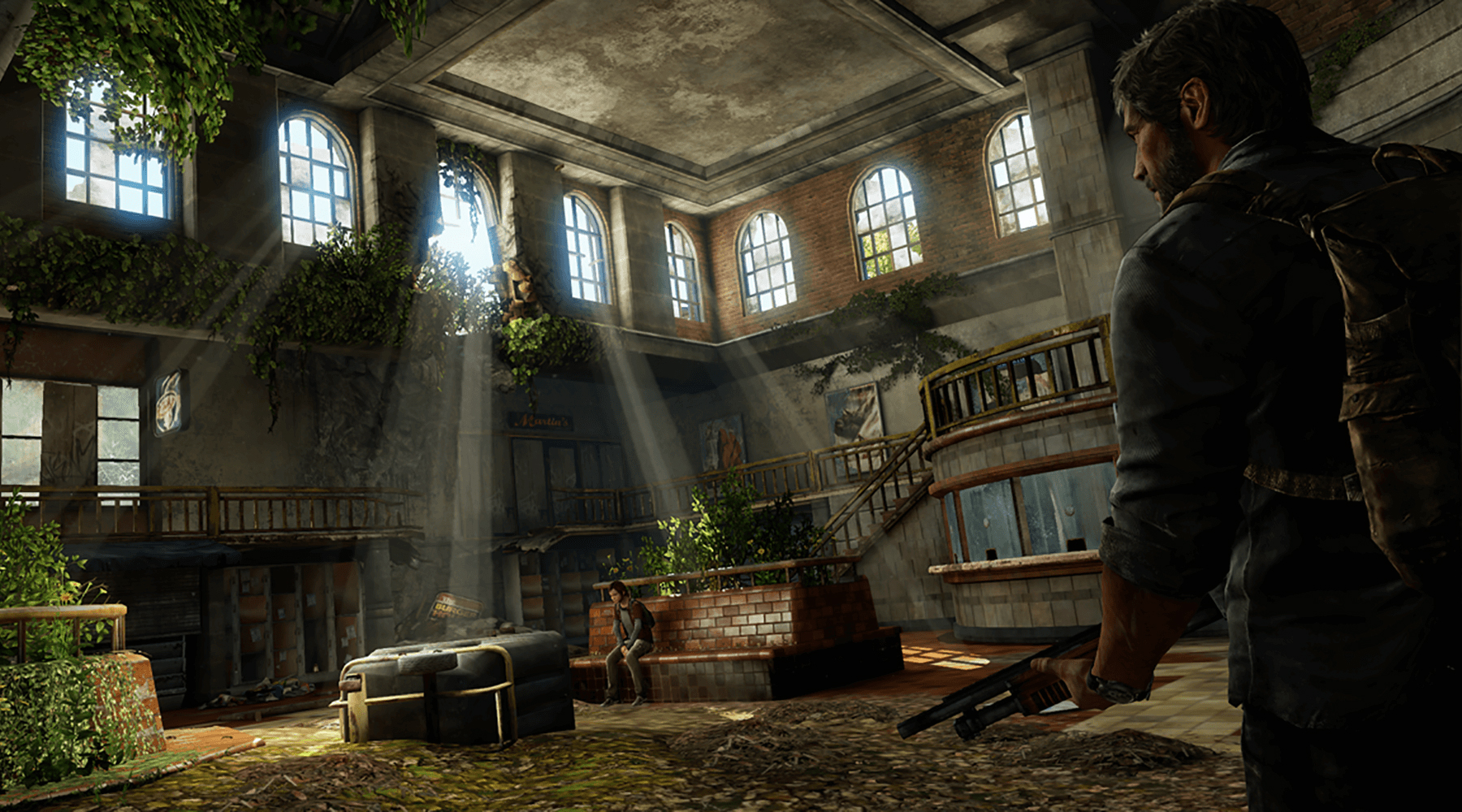
Several video games have set high standards in narrative design, showcasing how a well-crafted story can enhance the gaming experience. The Last of Us stands out for its deep emotional narrative, exploring themes of survival, loss, and hope through complex character relationships.

The Witcher 3: Wild Hunt is another exemplary title, featuring a rich, branching storyline that reacts dynamically to player choices, creating a personalized narrative experience. Red Dead Redemption 2 immerses players in a meticulously detailed world with a compelling storyline reflecting the protagonist's moral struggles and the changing American frontier. Powerful narratives in these games transform gameplay into memorable experiences, engaging players on a profound level.
Analysis of Acclaimed Game Narratives
Analyzing acclaimed game narratives reveals vital elements contributing to their success. The Last of Us employs strong character development and emotionally charged plotlines. Joel and Ellie's journey through a post-apocalyptic world includes intense moments challenging their relationship and personal beliefs. Focusing on character-driven storytelling allows players to form deep emotional connections with the protagonists, making their struggles and triumphs feel personal.
The Witcher 3: Wild Hunt excels in creating a living, breathing world where player choices have meaningful consequences. Narrative complexity is heightened by its numerous side quests, each with its own rich storyline intertwining with the main plot. Enhancing immersion through this approach provides a sense of agency as players see their decisions impact the game world significantly.

Red Dead Redemption 2 offers a masterclass in environmental storytelling. The game's open world is meticulously crafted, with every location, character, and event contributing to the overarching narrative. A detailed setting enhances the story of Arthur Morgan and the Van der Linde gang, making players feel part of a dynamic, evolving world. Combining these elements provides lessons in effective game storytelling.
Innovative Storytelling Techniques

Innovative storytelling techniques have pushed the boundaries of narrative design in video games. One technique is the use of environmental storytelling, where the game world itself tells a story. In Dark Souls, much of the lore and backstory is conveyed through the environment, item descriptions, and subtle visual cues, encouraging players to piece together the narrative themselves. Creating a sense of discovery and engagement, players feel rewarded for their exploration and attention to detail.

Another technique is the integration of player choice and consequence. Games like Detroit: Become Human offer branching storylines where each decision leads to different outcomes. Personalized experiences make players feel their actions have a real impact on the narrative. The complexity of these branching paths requires careful design to ensure coherence and meaningful choices throughout the game.

Interactive storytelling in games like Until Dawn uses quick-time events and decision-making under pressure to drive the narrative forward. Heightened tension and immersion result as players make split-second decisions that can significantly alter the story's progression. Understanding these storytelling techniques can also inform narrative elements that keep players engaged, even in simpler game genres like endless runners developed in Unreal Engine. The evolution of narrative design through these innovative approaches offers new ways to captivate players.
The Prospects of Narrative Design in Video Games
The prospects of narrative design in video games continue to evolve, promising even more immersive and engaging experiences for players. As technology advances, developers are finding new ways to integrate complex stories into gameplay, enhancing video games' emotional and psychological depth. Interactive storytelling, where players' choices directly impact the narrative, is becoming increasingly sophisticated. Games like Detroit: Become Human and Life is Strange showcase how branching storylines can offer personalized experiences, making each playthrough unique.
The rise of virtual and augmented reality also opens up new avenues for narrative design. Immersive environments allow players to participate actively in the story, creating a more profound sense of presence and emotional engagement. Games like Half-Life: Alyx has set a high standard for storytelling in VR, demonstrating the potential for narrative-driven experiences in this medium.
Incorporating advanced AI can further enhance narrative design. AI-driven characters and dynamic storylines can adapt to player actions in real time, creating a living narrative that evolves with the player. Such anapproach can provide a deeper connection to the game world, as seen in experimental projects and upcoming titles that focus on AI integration.
For developers focusing on different genres, understanding narrative design principles can still be beneficial. For instance, those looking into how to develop an endless runner game in Unreal Engine can incorporate narrative elements to add depth and context to the gameplay. Simple story hooks or evolving background narratives can enhance player engagement, even in traditionally straightforward game genres.
The future of narrative design in video games looks promising with the integration of new technologies and innovative storytelling techniques. As developers continue to push the boundaries, players can look forward to richer, more emotionally engaging gaming experiences that blur the lines between interactive entertainment and storytelling. The ongoing evolution in this field ensures that narrative design will remain a central focus in game development, driving the medium forward in exciting new directions.
How Game-Ace Uses Narrative Design to Make Games for You
Game-Ace excels in creating captivating narratives that enhance the gaming experience. Our team understands the importance of a well-crafted story in engaging players and driving emotional connections. We develop characters with depth, plotlines with meaningful twists, and environments that tell their own stories. Our expertise ensures your game stands out in a competitive market.
Partnering with Game-Ace means leveraging our deep understanding of narrative design to create games that resonate with your audience. Our proven track record includes successful projects that showcase our ability to deliver compelling narratives. To elevate your game with exceptional storytelling, contact us today and discover how our expertise can transform your vision into reality.
 How to Design Learning Games for Kids That Teach Real-World Skills
How to Design Learning Games for Kids That Teach Real-World Skills  Behind the Beeps: How Arcade Game Design Still Shapes Interactive Entertainment
Behind the Beeps: How Arcade Game Design Still Shapes Interactive Entertainment  Crafting Immersive Worlds: The Power of Game Environment Design
Crafting Immersive Worlds: The Power of Game Environment Design 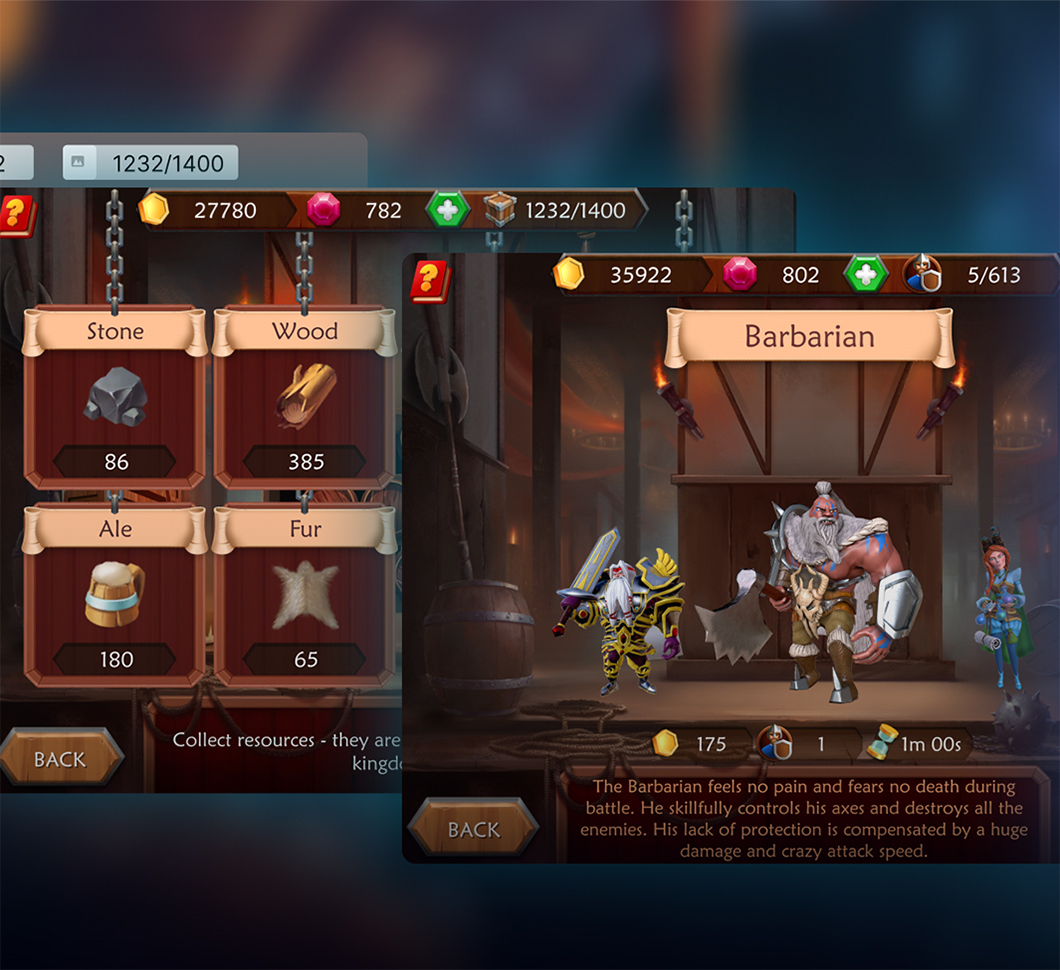 What Is Game UX? The Complete Guide for 2025
What Is Game UX? The Complete Guide for 2025  How Can Different Video Game Art Styles Enhance Your Project?
How Can Different Video Game Art Styles Enhance Your Project? 





















